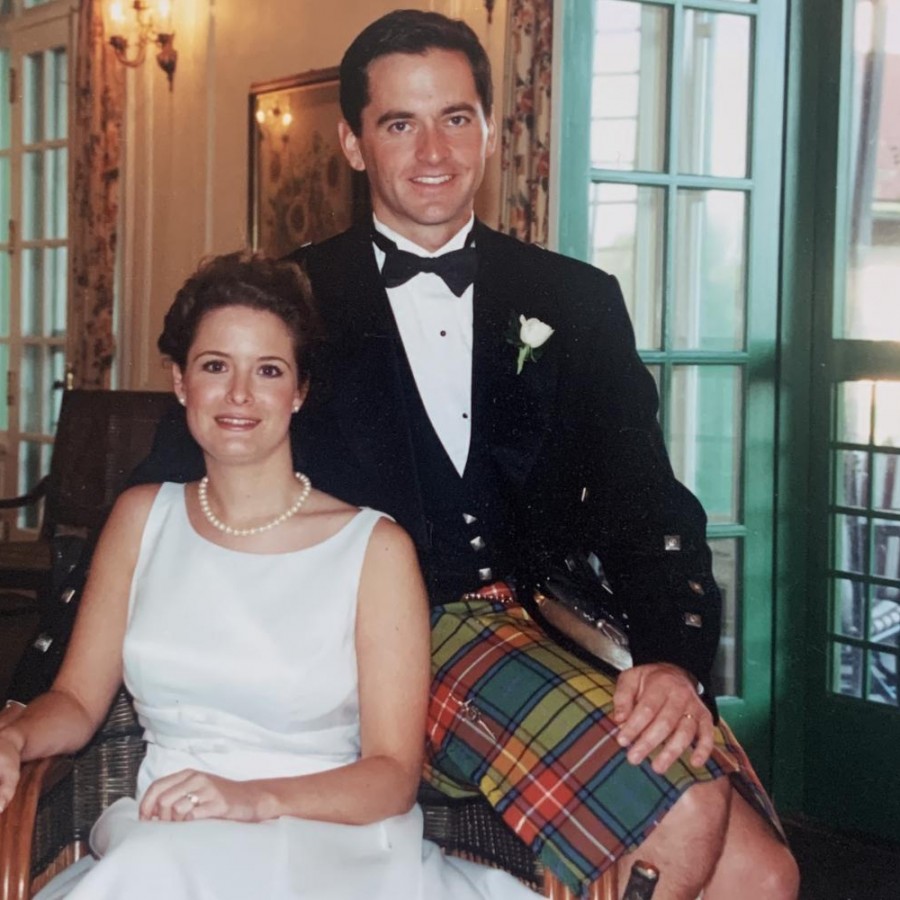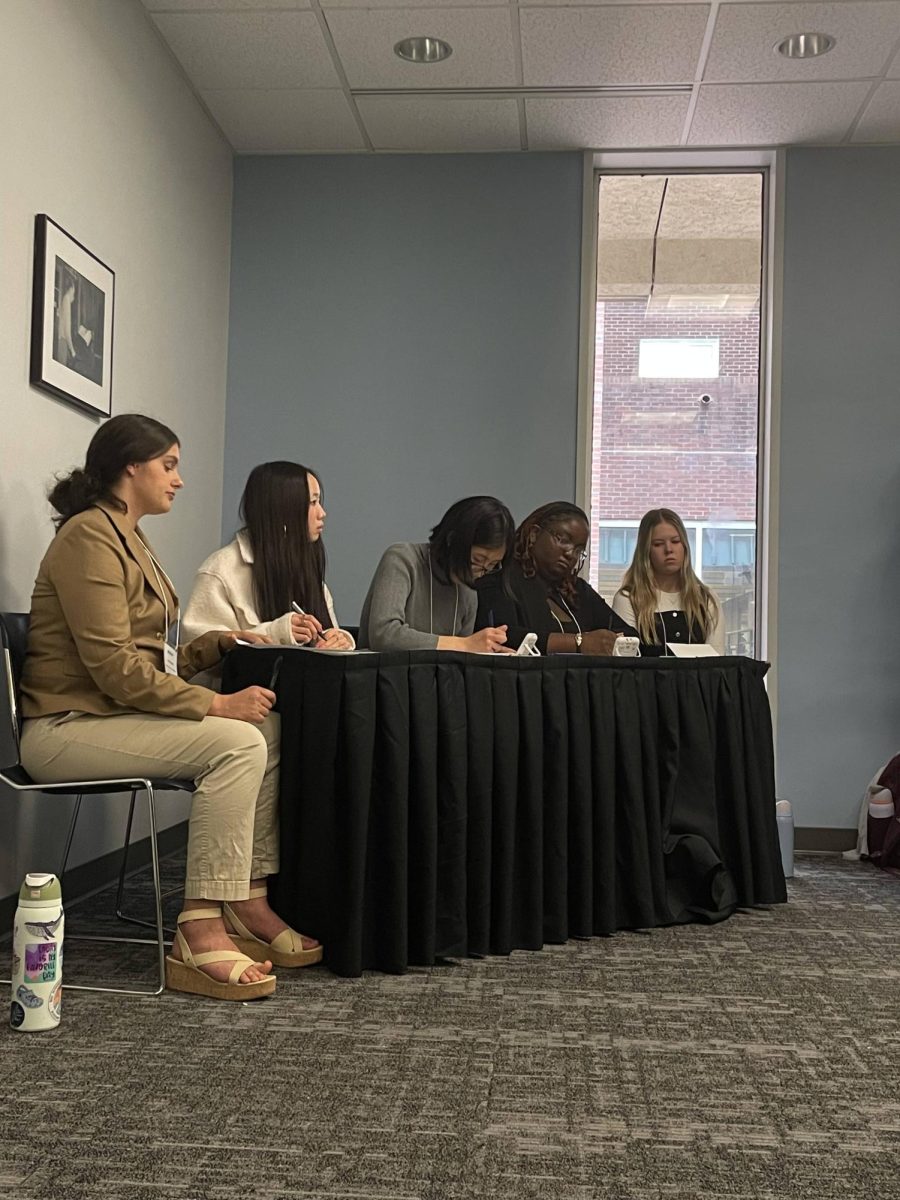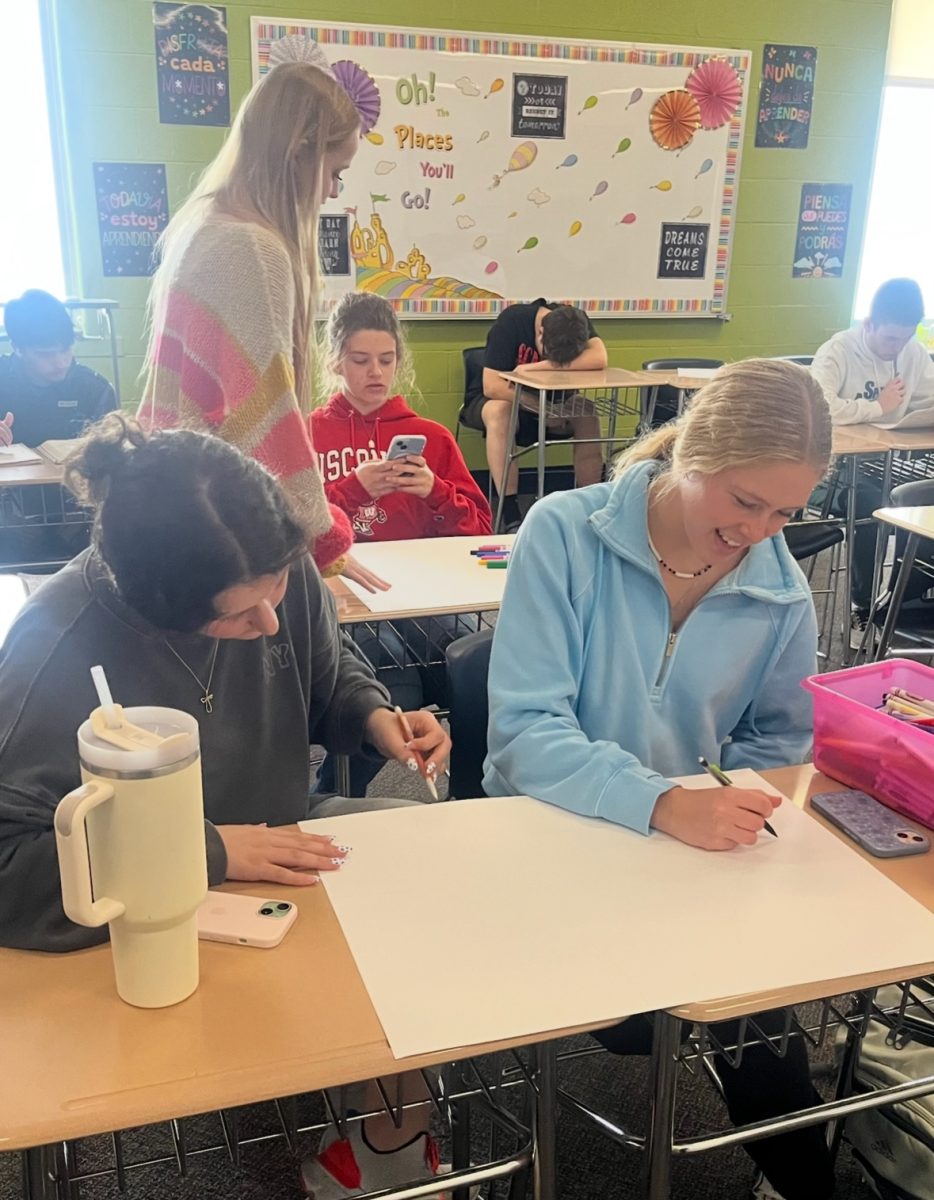With the passing of Valentine’s day, analyzing relationship norms and comparing it to the norms of the past is appropriate. There are a variety of expectations and dynamics that have changed from the generations of Baby Boomers and Gen X to the generations of Millenials and Gen Z.
Today’s generation of teens handle relationships in a very peculiar way. Austin Rector, a PVHS senior gives a brief explanation of the dynamic. “The dating process includes meeting your significant other through either social media, school or mutual friends,” he says “Next, you go through the ‘talking stage’ until you finally assign a label and become committed.” The ‘“talking stage” either makes or breaks one’s relationship and varies in time.
One’s intentions must be clear, as people in Gen Z are not the best at communication, and “hookup culture” is quite prevalent. Furthermore, teens tend to “ghost” their significant others, meaning they completely cut off all means of communication with no explanation. Dates include hanging out casually and watching Netflix. On special occasions, couples will go out, generally for dinner.
Dates are inspired by ideas on social media such as the applications Pinterest and Vsco. Through social media, relationships are highly romanticized. However, teens tend to have high ideals with low expectations; a lot of these date ideas will fail to be executed. These expectations portrayed in the media are rarely ever met, and teens continue to fantasize over them without actually manifesting them into reality.
Loyalty is another significant issue faced by teens in relationships. Although cheating is a common thing that couples of all ages face, Gen Z has continued this trend at a different level. With relationships starting at young ages, it is harder for young teens to stay committed among strict social standards. In addition, social media and technology provides necessary tools to make cheating dangerously easy.
Dating norms differ according to sexuality as well. Rector comments,“Dating is simply not a part of Gay Culture.” However, according to Peggy Klingler, a PVHS senior who is part of the LGBTQ+ community, lesbians have very similar dating norms as straight couples. One difference is they tend to state their sexaulity right away to a potential love interest in order to eliminate any miscommunication or confusion. Klingler also adds, “People in the lesbian community know everyone of the same sexuality. We’re sort of a community on a local scale, and it is clear what our options are.”
Looking back in time of Gen X and Baby Boomers, the dynamics and norms are vastly different. An argument could be made that teen love in those days were more romantic than today’s generation of young couples. A variety of factors contribute to this large jump including technology advancements and social forces.
Communication was limited; teens could communicate either in person, through handwritten letters or over a pay phone. Love interests would emerge from friend groups and mutual friends. Generally, the guy would ask the friends of their interest if that particular person was into him. Depending on the answer, the guy would then make a move and ask out the girl in person or over a landline phone call.
Dates included going to school events, going to dinner, the cinema, bowling and even mini golfing. It was a rare occasion that a couple would hang out at home. Furthermore, going out was not the same as dating. A boy would ask a girl out on a date and after a few dates, depending on how much chemistry there was, he would actually ask his date to be boyfriend and girlfriend.
Deputy Fah gave some insight on his take on dating when he was younger versus the expectations now. “Now, there’s social media and dating sites that people meet on. Back then, if a couple met on a dating site it was frowned upon. People would generally meet by mutual friends, at the bar, club, or during activities. Instead of swiping on an app, you actually had to ask the person out. The stress was higher because the boy wouldn have to ask for the landline phone number, call them and sometimes even get her dad on the phone and talk to him before a date. Another thing is after a date, you wouldn’t see them until the next time. With today’s technology, there are many ways to communicate. I think it’s exhausting to date in today’s generation, because of the high pressure. You can instantly see what they thought about the date due to social media so the rejection is more harsh.”
Social factors contribute to this relationship norm evolution. For one, technology is at its peak, creating more options for means of communication. With little to work with, dates were more special and organized. In addition, it was considered weird to hang out at home, so going out was the only option. Furthermore, gender and sexuality equality have significantly progressed with Millenial and Gen Z generations.
The LGBTQ community has been accepted, changing the social aspect of dating. For Baby Boomers especially, women’s rights were at a low. Women’s jobs were to find a husband and take care of household responsibilities and kids. In the 2000’s, that norm has diminished, meaning women are not reliant on finding a husband. Relationships are seen as an accessory not a necessity.









